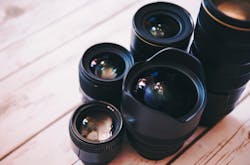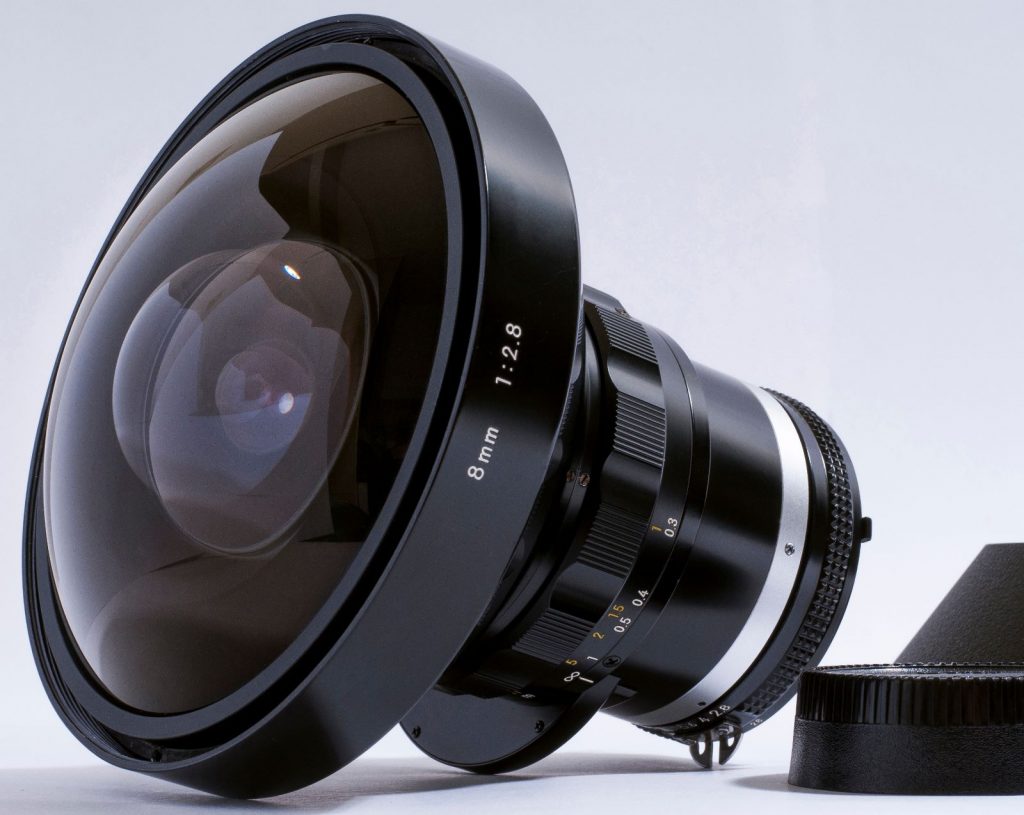Both fisheye and wide-angle lenses are used in situations that need a wide field of vision. Either one provides an extensive visual angle. So, what distinguishes one from the other? And what is the best situation for each type of lens?
If you need lenses that can provide you with a wider vision, then you’re on the right webpage. Read on to know more about the differences between wide-angle and fisheye lenses. Also, learn the various practical applications of the two lenses.
What Is a Wide-Angle Lens?
Also known as short lenses, wide-angle lenses have a smaller focal length. With a focal length of about 24 mm to 35 mm, it shows a larger angle of view than standard lenses. This is perfect for capturing wide panoramic views of the scenery.
The view through a wide-angle lens gives you a wide background with sharp images of objects in the foreground. Some distortion may occur, giving a sense of distance between objects in the foreground and the background.
Features of Wide-Angle Lenses
● Straight lines – Wide-angle lenses frame panoramic scenes while keeping lines straight. With little to no distortion, the sweeping view of the landscape appears vast and majestic.
● Deep depth of field – Using wide-angle lenses emphasizes the distance or size of an object in the foreground in relation to the wide background. The objects nearby look large and clear, while objects further away appear smaller and a bit blurry.
● Less chromatic aberration – Wide-angle lenses experience little color distortion compared to fisheye lenses. It means clearer images without unwanted colors.
What Is a Fisheye Lens?
It falls under the special category of ultra-wide-angle lenses. It has a parabolic lens that protrudes in front with a focal length of about 6 mm to 16 mm. It gives a wide view with 180 degrees of vision, sometimes reaching up to 230 degrees.
It also creates a barrel distortion in the frame, giving the image curved edges. This is because the lens mimics the curved eye of a fish, giving us a fisheye view of our surroundings. This type of lens provides us with a refreshing spherical perspective of the world.
Now, there are two types of fisheye lenses: the full-frame fisheye and the circular fisheye.
1. Full-frame Fisheye Lens
A full-frame fisheye lens produces images that fill the rectangular frame. It sports the signature distortion of a fisheye, bending the lines from the center to taper toward the edges.
2. Circular Fisheye Lens
As the name suggests, a circular fisheye lens produces a circular image. The image inside the circle is often surrounded by a black square or slightly rectangular frame.
Features of Fisheye Lenses
● Closer focus – Fisheye lenses are great for capturing subjects that are very close. The curve of the lenses puts more focus on objects in front. The forefront object is sharp and colorful, with the sides curving to taper slightly.
● Small and lightweight – Fisheye lenses are smaller than standard lenses and weigh less, as well. It also comes with a smaller sensor size. This makes it more portable and easier to install in hidden cameras, body cams, and surveillance systems.
● Deep depth of field – Ultra wide-angle lenses, paired with a small aperture, produce sharp and clear images from the foreground to the background. This puts everything into focus, making it perfect for observing every object in the frame.
● Barrel distortion – The images show some optical distortion, having curved lines at the edges of the frame. While this type of distortion is a problem in cheap lenses, it is the main feature of fisheye lenses. It provides a dynamic view of the surroundings.
When Are Wide-Angle Lenses Used?
Wide-angle lenses are used to capture wide and sweeping views in a frame. The following are some applications of wide-angle lenses.
● Poor lighting conditions – The wide angle reduces the camera shake, making it perform well even in low-light scenarios.
● Surveillance – The ability to view large expanses is preferable for surveillance work. Clear images are captured by these lenses, getting much-needed details like faces and car registration numbers.
● Capturing large crowds – Large events with a lot of attendees are best seen through a wide-angle lens. It frames a large number of the crowd without distorting the image much.
● Landscape photography – These wide-angle lenses can encompass the vastness of landscapes and buildings in a single frame. It gives a larger-than-life feel to the viewer.
● Smartphones – The smartphones we use have built-in wide-angle lenses for the rear-facing camera. This lets us put more in the frame, even at close range. Quality lenses, like on the iPhone, produce clearer and better images.
When Are Fisheye Lenses Used?
Though fisheye lenses are considered specialty lenses, they have a lot of practical applications in real life. Here are some of the common uses of fisheye lenses.
● Door viewer – A door viewer, more commonly known as a peephole, employs fisheye lenses to give the person a larger field of vision even through a small hole. The ultra-wide lens lets the person inside the door look at who is in front and also inspect the surroundings outside for possible danger.
● Surveillance cameras – Security cameras often use fisheye lenses to get a wider view of the frame. This lets one camera cover larger areas reducing the number of cameras needed to watch every space.
● Sporting activities – Extreme sports such as downhill mountain biking, parasailing, and skateboarding are some sporting events that benefit from a fisheye camera lens. Action cameras use fisheye lenses to capture the surroundings of a person. The camera is usually strapped to the person’s body or attached to their helmet to give us an exciting first-person view of the action.
● Capturing large crowds – A fisheye lens offers a wrap-around view of the crowd in a concert, for example. It makes the viewer seem surrounded by people because of the curvature in the image. It also lets you feel the largeness and intensity of the crowd.
● Underwater photography – There are no straight lines underwater, which makes it a good fit for fisheye lenses. The natural curves created in the images in the frame create an underwater look.
● Creative shots – Produce dramatic shots with the use of fisheye lenses. Make regular subjects look more interesting and dynamic with the lens’ distortion effects.
In Summary
A wide-angle lens gives a wide panoramic view of the image. This is used to capture as much detail into a single frame without much distortion in lines and colors. It produces true-to-life images with a slight variation based on the angle of perspective.
The fisheye lens design offers the viewer a more dramatic perspective with its ultra-wide angle of vision. The parabolic lens distorts the image, making the sides taper. This effect brings focus to the object in the front.
Both of these short focal length lenses produce images with a wider view in the frame. It gives images more detail, depth, and character. These features make them extremely useful in daily life, from our handy smartphones to sports cameras and surveillance systems, and even the peephole on our front door which keeps us safe.

